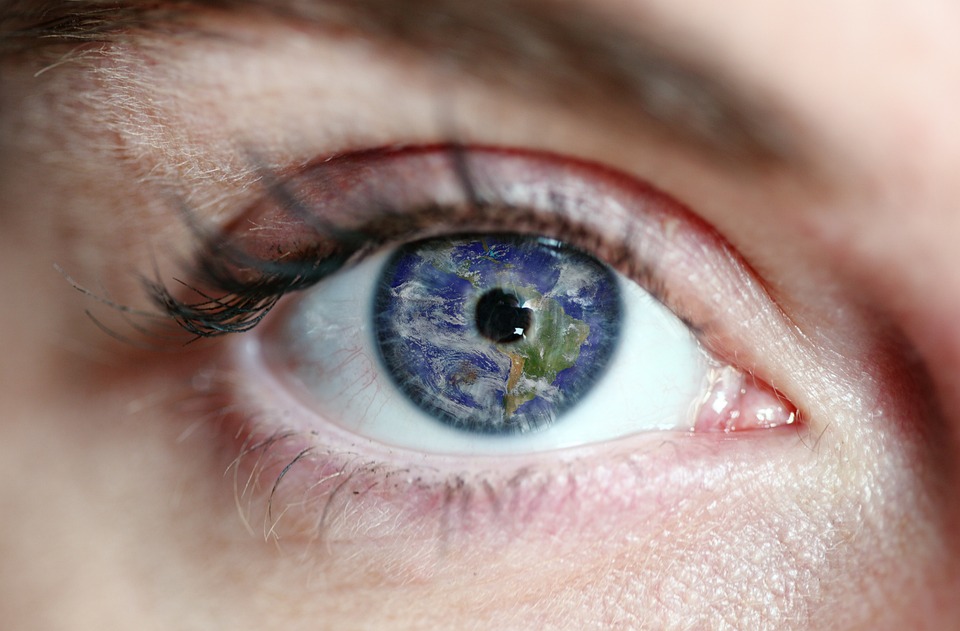Why Is Wind Considered a Renewable and Clean Energy Source? Exploring the Benefits of Wind Power
The growing urgency to combat climate change and meet energy demands has led to a significant shift toward renewable energy sources. Among these, wind energy stands out as a leading option, experiencing rapid global expansion.
What Makes Wind a Renewable Energy Source?
Definition of Renewable Energy: Renewable energy is derived from resources that are naturally replenished, such as sunlight, wind, and water. These sources are sustainable and can be harnessed without depleting the earth’s resources.
Unlimited Resource: Wind is generated by atmospheric processes driven by solar energy. As long as the sun shines, wind will continue to be produced, making it an inexhaustible source of power. This continuous generation ensures that wind energy can be utilized for generations without the risk of depletion.
Why Wind Energy Is Considered Clean
No Direct Emissions: Wind turbines generate electricity without releasing greenhouse gases or pollutants into the atmosphere. This characteristic makes wind power one of the cleanest forms of energy production available today.
Minimal Environmental Impact: Compared to fossil fuels, wind energy has a significantly lower environmental footprint. It contributes to cleaner air and healthier ecosystems by reducing reliance on carbon-intensive energy sources that are responsible for air pollution and climate change.
How Wind Power Works
Wind turbines convert the kinetic energy of wind into electricity. When wind flows over the blades of a turbine, it causes them to spin, which turns a generator to produce electrical power. Wind farms can be established both on land and offshore, contributing to clean energy grids by supplying renewable electricity directly to homes and businesses.
Benefits of Wind as a Renewable Energy Source
– Carbon Emission Reduction: Utilizing wind power decreases dependence on fossil fuels, leading to significant reductions in carbon dioxide (CO₂) emissions. For example, wind energy helped avoid over 200 million metric tons of CO₂ emissions globally in 2020 alone.
– Energy Independence: Wind power enhances local and national energy independence by reducing reliance on imported fossil fuels. This shift not only strengthens energy security but also stabilizes local economies against volatile global fuel prices.
– Economic Growth: The wind energy sector creates jobs in manufacturing, installation, and maintenance. It has become a major driver of economic growth, supporting over 125,000 jobs in the U.S. alone and potentially creating hundreds of thousands more in the coming decades.
Challenges and Considerations for Wind Energy
– Intermittency: The generation of wind energy is dependent on weather conditions, leading to variability in electricity production. This intermittency necessitates backup systems or energy storage solutions to ensure a reliable supply when wind conditions are unfavorable.
– Land Use and Wildlife Concerns: The establishment of wind farms requires significant land use, which can impact local ecosystems and wildlife. Proper planning and siting can mitigate these effects, particularly concerning bird populations that may collide with turbine blades.
The Role of Wind in the Global Energy Transition
Wind energy capacity has been growing rapidly worldwide, with projections indicating it could account for up to 28% of global electricity generation by mid-century. As part of a diversified energy mix alongside solar and other renewables, wind power is crucial for achieving sustainable energy goals.
FAQs
– How much energy can wind power generate?
Wind turbines can produce substantial amounts of electricity; for instance, a single turbine can supply power for approximately 2,000 homes.
– Are wind turbines environmentally friendly?
Yes, they produce no emissions during operation and have a much lower environmental impact compared to fossil fuels.
– What are the limitations of wind energy?
Limitations include its dependence on weather conditions (intermittency) and potential impacts on wildlife if not properly managed.
– How do offshore wind farms impact marine life?
Offshore installations must be carefully planned to minimize disruption to marine ecosystems while providing substantial clean energy benefits.
– Why is wind energy important for the future of clean energy?
It plays a critical role in reducing carbon footprints, enhancing energy independence, and supporting economic growth through job creation in the renewable sector.
Conclusion
Wind is considered both renewable and clean due to its natural availability and zero-emission electricity generation capabilities. As we strive for a sustainable future, harnessing wind power will be essential in reducing our carbon footprint and transitioning toward cleaner energy solutions.

Kyle Whyte is a notable scholar and professor at the University of Michigan, holding positions such as the George Willis Pack Professor in the School for Environment and Sustainability and Professor of Philosophy. Specializing in environmental justice, his work critically examines climate policy and Indigenous peoples’ ethics, emphasizing the nexus between cooperative scientific endeavors and Indigenous justice. As an enrolled Citizen Potawatomi Nation member, he brings a vital perspective to his roles as a U.S. Science Envoy and member of the White House Environmental Justice Advisory Council. His influential research is supported by various prestigious organizations including the National Science Foundation, and disseminated through publications in high-impact journals. Kyle actively contributes to global Indigenous research methodologies and education, with affiliations to numerous institutes and societies dedicated to traditional knowledge and sustainability. Recognized for his academic and community engagement, Kyle has earned multiple awards and served in various visiting professorships. His efforts extend to leadership positions on boards and committees focused on environmental justice nationwide.
